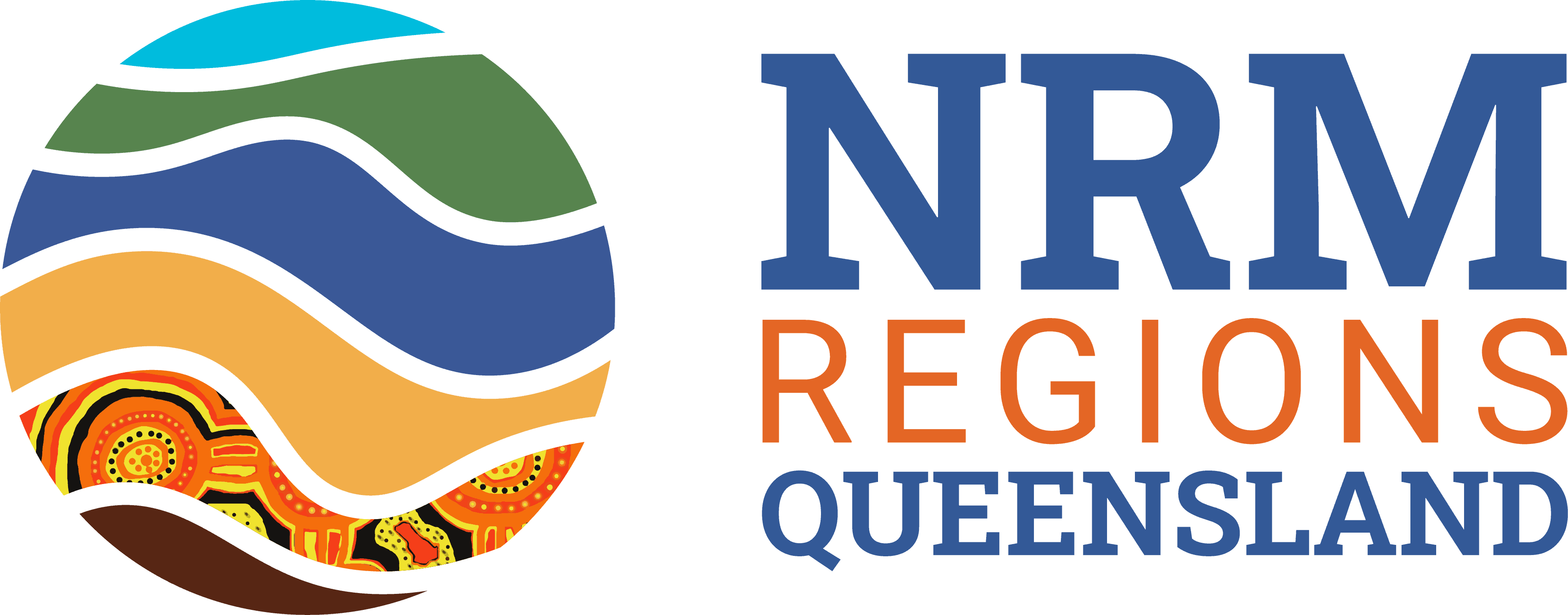Protecting and restoring Queensland’s aquatic environments
Investment required:
$33.6 million over four years
With nearly 20,000km of waterways, more than 13,000km of coastline, 1955 islands and 1700 beaches, Queensland is reliant on healthy rivers and creeks and pristine marine environments.
Our freshwater systems, wetlands, coastlines and island ecosystems are important for biodiversity, for fisheries and food production, for recreation and leisure, for sustainable economies and for preserving our Cultural heritage. Our water ecosystems also play a critical role in buffering us from extreme climates and protecting our coastal communities from natural disasters. Protecting and restoring our waterways and coasts is essential to our quality of life, to a sustainable economy and for our most precious plants and animals.
To improve water quality, riparian vegetation, aquatic habitats and marine ecosystems we need a dedicated response with appropriate resourcing. We’re proposing a $33.6 million response over four years for six regional projects that will improve ecological values, restore rivers, protect riparian vegetation and restore reef ecosystems.
What we’re proposing
16 First Nations groups engaged
7 threatened species and ecological communities
Our Actions
- Fencing 420kms of riparian vegetation along southwest Queensland waterways while integrating First Nations science and building the capacity of land managers to restore and protect waterways.
- Developing an annual report card for river heath and water quality in the Southern Gulf while focussing on improved groundwater and surface water efficiency on farms and urban landscapes.
- Improving water quality entering the Great Barrier Reef by supporting farmers to improve their practices over 10% of the land area: remediating gullies and streambanks, fencing riparian vegetation and rehabilitating wetlands.
- Working with the community to restore oyster reefs in the Whitsundays.
- Working with agricultural land managers to co-design, deliver and maintain 15km of the Laidley Creek Master Plan, designed after the 2013 flood event to reduce streambank erosion.
- Improve water quality entering the Great Barrier Reef lagoon by working with 15 agricultural properties in the Burdekin River Irrigation Area to identify and develop management plans for hydrological management and improving ecological values of irrigation channels, water quality and irrigation efficiency.
